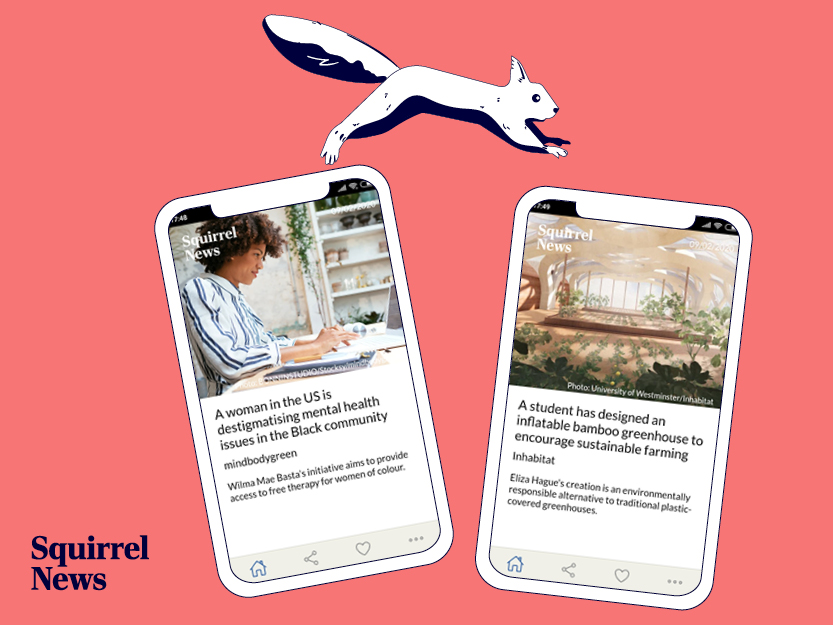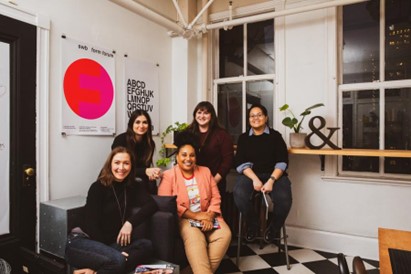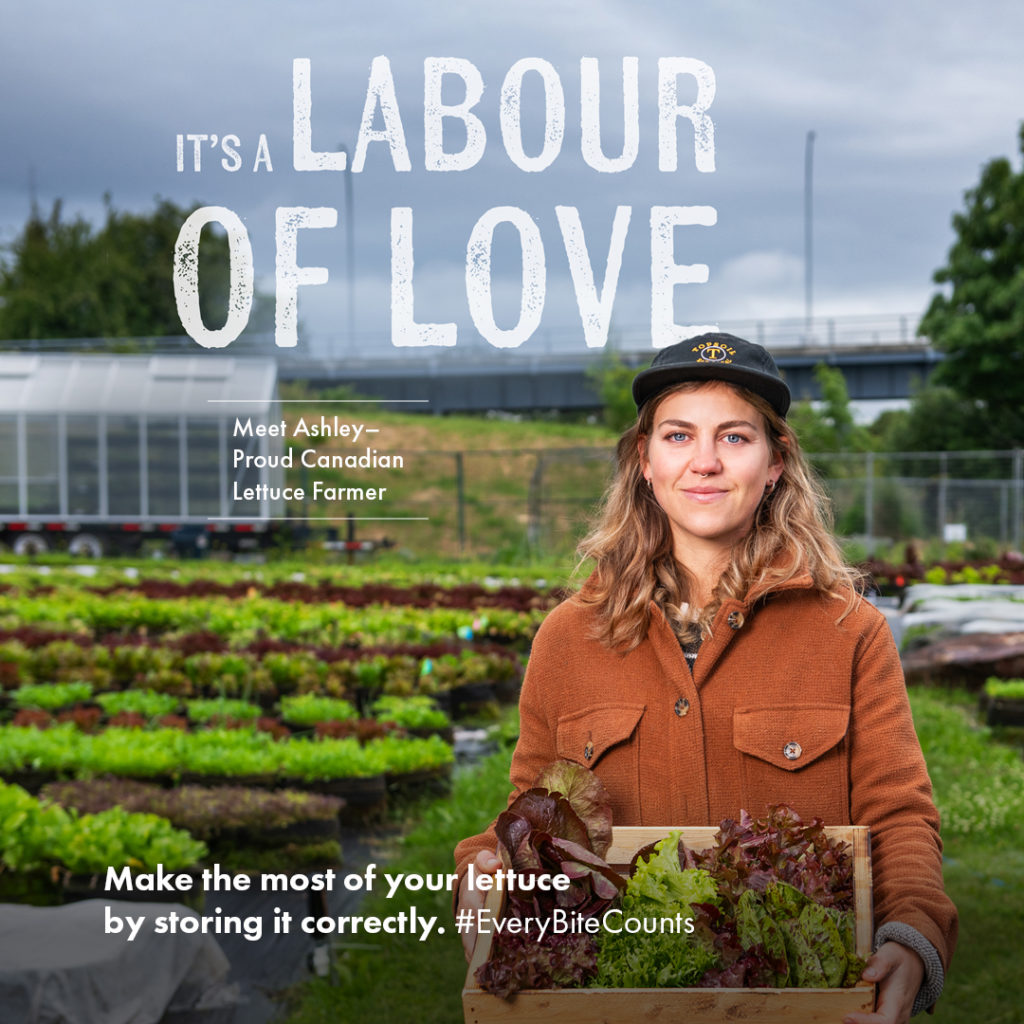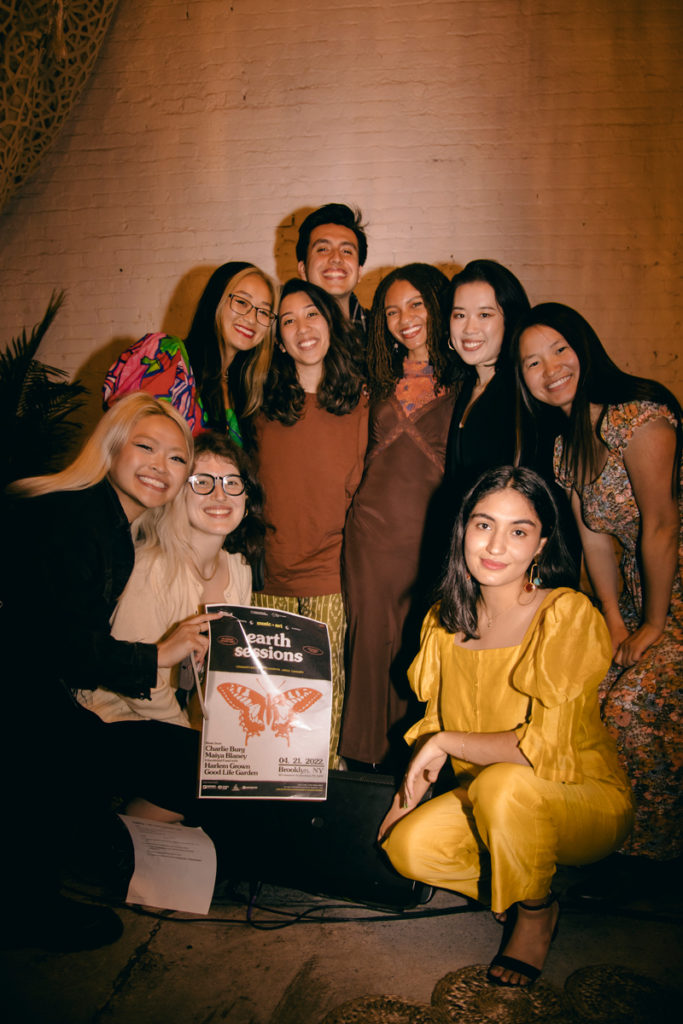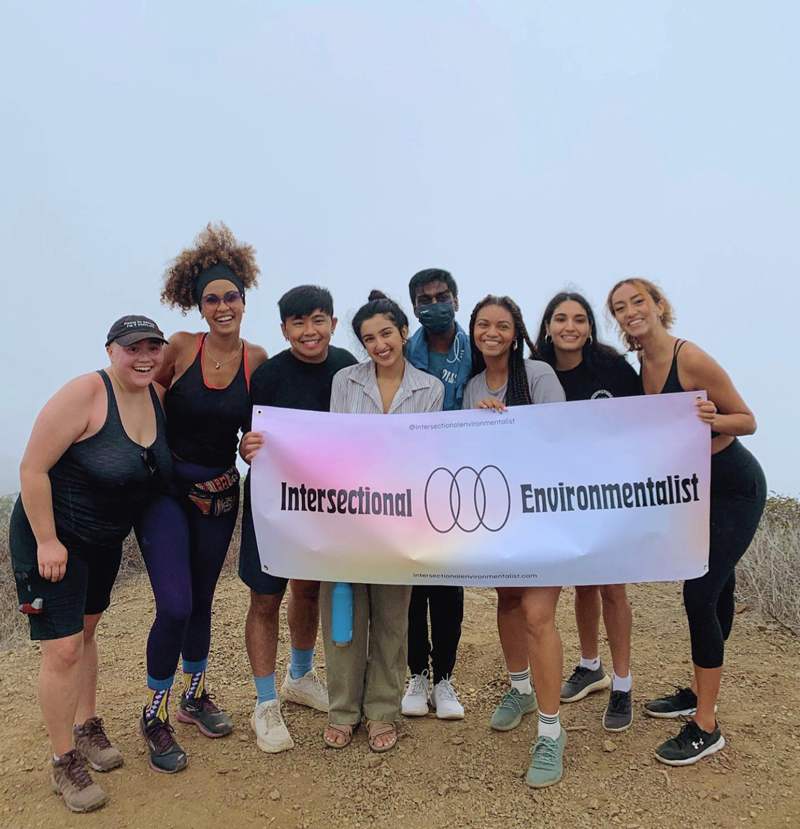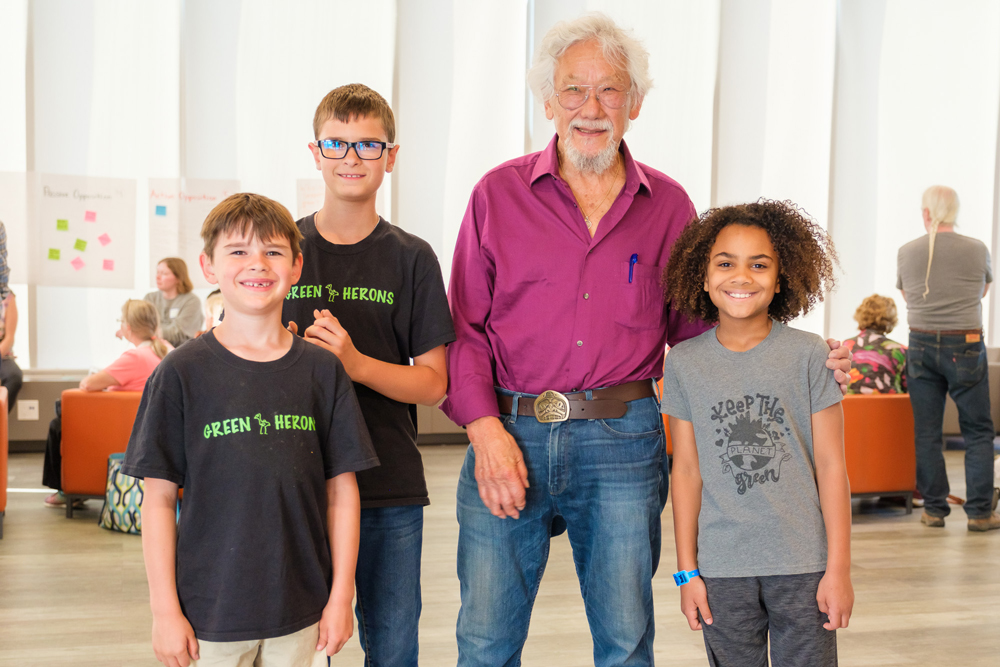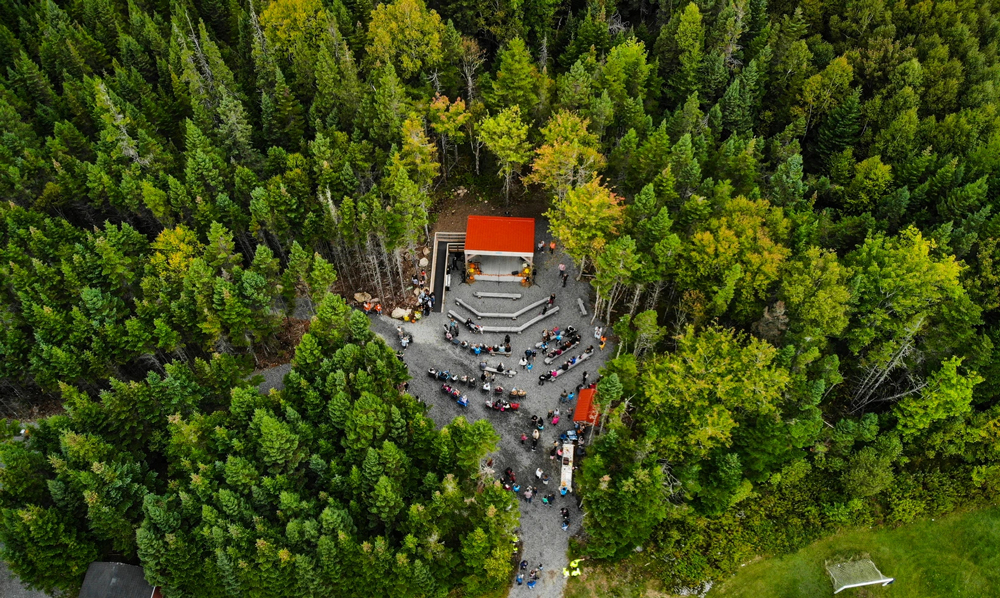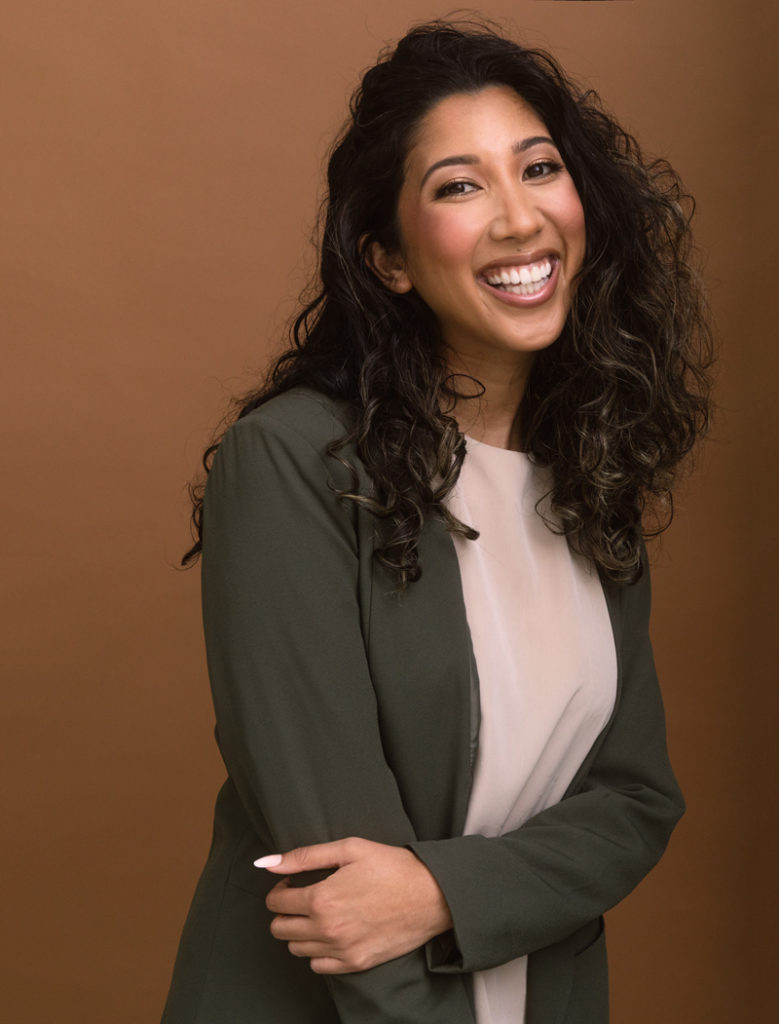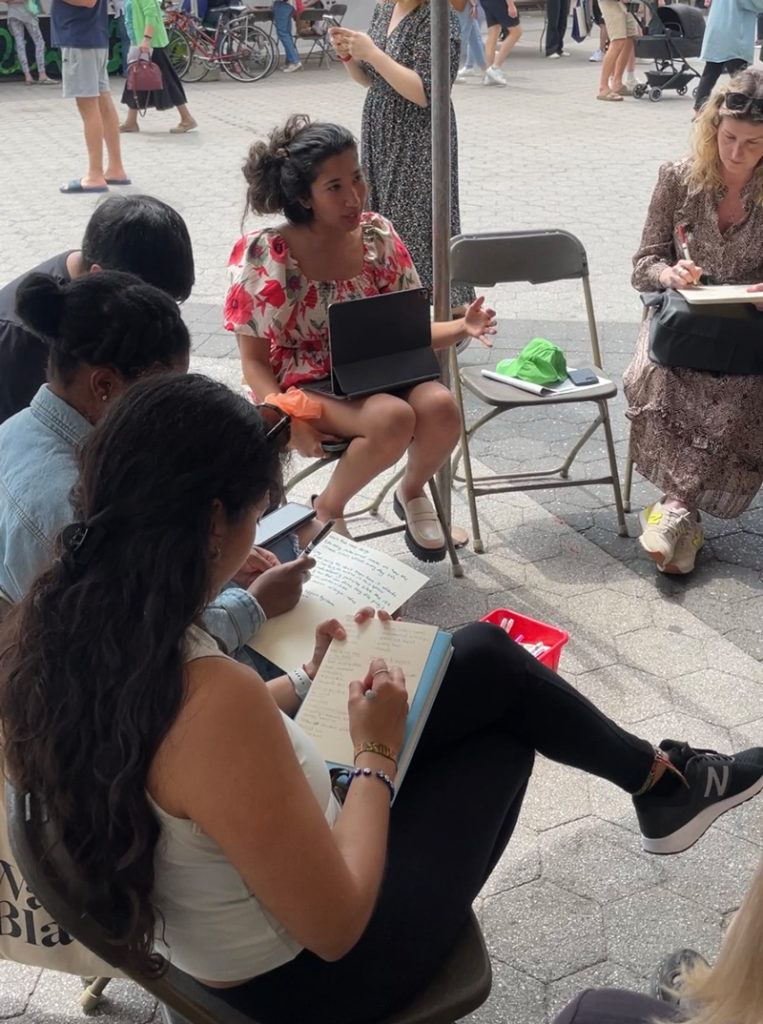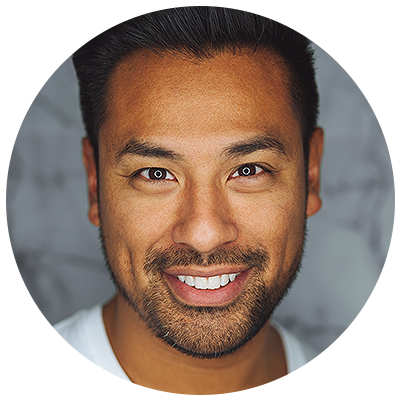Making the world better is a lifelong commitment. Every day, individuals and organizations are igniting positive change and improving the world in ways both big and small.
Through concerted efforts to continually create moments, take steps, and make changes, we advance on our collective journey toward making life better — not just for ourselves but for our family, friends, communities, and eventually, everyone.
There’s no denying that the journey is fraught with challenges. We may take a wrong turn, encounter delays and setbacks, or even wonder if we’re really making an impact. But the destination is worthwhile, and there’s only one way to reach it: by pressing onward.
The changemakers in the Amplifiers edition of Make The World Better Magazine are taking steps to make the world better and demonstrating what’s possible. They inspire us to keep going. It’s an honour to share their stories, to amplify each other’s impact, and to walk together on this purpose-driven journey.
At Sparx Publishing Group, we started our journey by venturing into uncertainty, but we saw an opportunity that we could not ignore. Driven to help amplify impact-focused organizations and individuals so their efforts to help people and planet can thrive, we took a risk and changed course. And, as we progress on our purpose-driven journey, we continue to grow and change to do better.
Sparx’s Journey to Choosing Purpose
Our journey began over 10 years ago, and it’s certainly been a long and winding one. We embarked with the spark of an idea to make the world of self-directed investing more accessible for Canadians through a free online resource called Sparx Trading. Creating content for Sparx Trading laid the foundation for Sparx Publishing Group’s growth and was our first content marketing success story.
Carried by our values of integrity and responsiveness, we soon branched off on a new path, one that takes us deeper into purpose every day.
“We were founded on a premise that we could use content to make a positive impact and that has become even more true today than it was when we started,” says Hamish Khamisa, Sparx’s Founder and President.
While Sparx was increasingly focusing on impact, 2020 was a significant turning point. Hamish Khamisa honoured his daughter, Anahera, who was stillborn at 35 weeks, with the creation of our in-house event devoted to doing good, Make The World Better Day. We’ve always believed that a single spark can ignite a world of change, and the love and hope that Anahera embodied were the sparks that set our mission in motion.
After that, our journey began in earnest. “Sparx has put in a lot of effort over the years to determine what it means to ‘make the world better’ and how our mission fits into that statement,” says Sonia Lau, Junior Frontend Developer. “We’ve gone from a generic marketing company to one that takes on projects that focus on our environmental and social responsibility, as well as uplifting other companies that do the same.”
We began dedicating our time to intentional practices, like turning Make The World Better Day into an annual event, launching Make The World Better Magazine, donating to various causes, and offering pro bono work for mission-aligned organizations.
However, it took us time and effort to get to the point where we had clarity from a market perspective on who we could ideally serve and work with. “We now prioritize working with clients who share our core values and are actively contributing to making a positive impact on the world,” says Aretta Yeung, Marketing Analyst. “The partnerships and collaborations that we have sought out have led to opportunities to work on projects that align with our mission and reinforce our commitment to purpose-driven initiatives.”
Striving to be stronger members of the purpose-driven community through networking and event participation has also contributed greatly to our journey. “Attending a variety of mission-aligned events on DEI, sustainability, and other topics allowed me to learn best practices and get inspired by leading individuals and organizations in the purpose-driven space,” says Alexandra Nikitina, Head of Growth. Through this undertaking, we’ve been able to grow in our purpose and meet many mission-aligned contacts.
“While the desire to make the world better has always been at the forefront, Sparx has gone from dreaming to doing,” says Libby Shabada, Copywriter.
Growing Purpose With a Diverse Team
Moving from dreaming to doing wouldn’t be possible without the right team. Our team comes from diverse backgrounds, earning us a CAMSC certification, and what unites us is a desire to work hard to drive positive change.
“I feel constantly inspired through the work that we do and the contagious energy our team generates as we create a platform for change,” says Brandon Ashcraft, Marketing Coordinator.
Sparx operates by following a set of clearly defined values, which are communicated throughout the hiring process. Because of this, we were able to build an enthusiastic and values-aligned team.
“Curiosity and the drive for self-improvement are personal values that I see constantly reflected in our work,” says Nicole Yeh, Graphic Designer. “We are curious about the innovators making a positive change in the world, and we are dedicated to connecting those ideas with an audience.”
While challenges like the COVID-19 pandemic partially rewrote the composition of the Sparx team, the switch to working remotely opened the door to even broader perspectives and hires from outside of the Vancouver area. But the impact went even deeper. “Partially due to going through COVID-19 and remote work, I’ve learned more about people’s struggles with mental health and isolation,” says Ken Yeung, VP of Operations. “I think [being transparent and honest] helps build rapport and respect with team members.”
This has made a positive difference in our workplace culture. As a result, everyone feels encouraged to share their unique perspectives on how to make the world better and to share their input across all areas of our work, from the content we produce to how we conduct our business.
Our perspectives and ideas are diverse, which enhances our problem-solving abilities, yet there’s a common thread uniting us: we see our work as meaningful. That inspires us to give it our all.
“The fact that I get to be a part of the work that amplifies valuable stories makes me want to deliver the best work I can so that our work in sharing these stories may be accessible and impactful to more people,” Elisabeth Choi, Communications Designer, says.
Our diversity is a real strength for the work and space we’re in. Any organization that acts with intentionality can build that space too.
Inspiration Beyond Our Desks
The diversity of our personal experiences has led to a flow of purpose-driven ideas, which travel with us into our work. But we also find ways to integrate what we’ve learned at Sparx into our everyday lives.
“I always say that it’s important to walk our talk since it’s important for me to try to embody what I share or preach to those around me. So, I’m glad that as a team, we always try to learn and live out the purpose-driven values we share to our audience,” says Pauline Macapagal, Communications Specialist.
Together, our team is always learning: from the stories we amplify and changemakers we work with, from the causes we champion and initiatives we engage with, from our mistakes, and from each other.
“Working at Sparx challenges me to think more about the ways I can create a more positive social impact in my personal life,” says Nicole.
Creating a positive impact in our personal lives takes on a different meaning for everyone. For some, we’ve discovered ways we can make progress on various causes through our everyday actions.
“I’m following more activists on social media, learning and sharing content, buying more locally-made and Indigenous brands — many of which we’ve featured in our gift-giving guides! — and finding everyday ways to reduce my environmental footprint,” says Libby.
For others, our experiences have caused us to look inward and be mindful of our personal accountability.
“This experience has inspired me to dig deep within myself, prompting me to be more intentional when it comes to aligning my personal choices and decisions with the values that truly resonate with me,” says Aretta.
“I’ve personally learned and grown as an individual to be kinder, to care more about the world and learn ways to preserve it, and especially to be more active in the activities that help make the world better,” Elisabeth adds.
Ultimately, our work inspires us to take initiative and engage with amplifying impact both at work and at home. As Pauline’s learned, “no matter how big or small, an impact can effect great positive changes that travel far and wide to places and people you wouldn’t expect.”
Amplifying Stories of Impact With Make The World Better Magazine
Amplifying impact so it travels far and wide is exactly what we seek to do with Make The World Better Magazine, a core Sparx initiative our team was eager to rally behind and learn from.
For Sonia, the Circular Economy issue was a real stand out. “It features a lot of the companies where their missions feel familiar and can be easily supported. For example, I could see myself using EcoMeter to find an eco-friendly restaurant, or getting food from Too Good To Go, or using one of Susgrainable‘s baking mixes. A lot of these companies provide an approachable way to support their mission that fits pretty seamlessly into your lifestyle.”
As for Hamish, the feature on Sxwpilemaát Siyám/Chief Leanne Joe was profoundly impactful. “As a parent, I felt that centring her perspectives around the implications of her work to future generations resonated deeply and speaks to the ethos of the magazine — to inspire others to leave the world better than how they found it.”
Every participant has been truly inspiring, and we want to see their impact thrive. All of their stories have inspired us to come up with fresh ideas about how we can grow Make The World Better Magazine.
Team members, like Pedram Milani, Web Developer, have been thinking up some new ways to engage audiences around the magazine. “I think a 10–15 second YouTube short/TikTok segment covering companies could be a nice way to highlight companies and bring attention to brands and the magazine,” he says.
And Pauline imagines another type of digital platform: “It would be really cool to see the magazine available on e-readers. That way, we’re making it more accessible […] and being more environmentally friendly,” she says.
Other team members are dreaming of collaborations, special editions, follow-ups with past participants, partnerships with institutions, spin-offs centred around different topics, and going global.
“I envision stories and initiatives from around the world featured in the magazine, fostering a sense of interconnectedness and inspiring collaborative efforts to address global challenges,” says Thuan Nguyen, Sparx’s former Financial Analyst.
Team members are also excited about the potential to cover more initiatives and causes. “I would really love to see more stories about organizations and individuals working to help the homeless and children and families,” says Michelle Baleka, Copywriter. “Making the magazine is a learning experience for me too, and it would be great to know about more organizations and initiatives that are helping [them].”
These hopes are encouraged by the positive responses we’ve received from everyone who’s been featured in the magazine, shown interest, or taken a dive into its purpose-driven pages. Their support has ignited our expansion goals, and we’re taking active steps to reach them with our Make The World Better Magazine Patreon and exciting new partnerships.
Most of all, as Alexandra says, we have hope that the magazine can help “make being better a norm as opposed to a niche.”
Looking Forward to a Brighter Future
Speaking of hopes, we have some pretty high ones for Sparx as a whole.
“I’m excited to see how Sparx continues to allow our culture and values [to] blossom through our work and exponentially scale that level of growth through future projects,” Brandon says.
Individually, we all have different ideas of what this growth would look like and specific areas of impact we want to reach more deeply.
“I would love to see Sparx expand their client base and help a few start-ups become viral,” Pedram says, while Ken hopes we can “continue expanding our clientele and ideally create a SaaS-like project that we can scale,” and Michelle wants to “work with more circular economy organizations and clients that assist with things like ending homelessness and breaking the cycle of poverty.”
With hopes to grow in Canada’s purpose-driven space through collaborations, sustainable partnerships, raising awareness around and contributing to the adoption of more regenerative solutions, and building up a community of like-minded organizations that help each other out, we’re determined to amplify more voices catalyzing positive change.
“My hope is that through our marketing and communications efforts, we will be able to meaningfully inspire demand for products, services, and business practices that contribute to the long-term well-being for all,” Hamish says.
A Spark of Inspiration Can Change the World
The path to a better world is long and challenging, but we’re excited to travel alongside so many amazing changemakers on our journey. As Hamish says, “The biggest thing that I get excited about is now being fully confident that we’re not alone in the work we want to do.”
Our hope is that through our work, readers like you feel inspired to start your own impact journey or to feel more energized to continue along your purpose-driven path.
Whatever stage you’re at, if you have a spark of hope to make the world a better place, it will not only serve as a guide for yourself, but a beacon to others to join in your journey.
If you’d like to help Sparx with our mission, you can join us by reading and supporting Make The World Better Magazine on Patreon, meeting up with us at purpose-driven events, and following us on social media.
You can also reach out to us via our contact page. We’d love to hear your purpose-driven story and include you in an issue of Make The World Better Magazine. Or, if you’re looking for a marketing partner, we’d love to help amplify the work you’re doing to create more good in the world.
